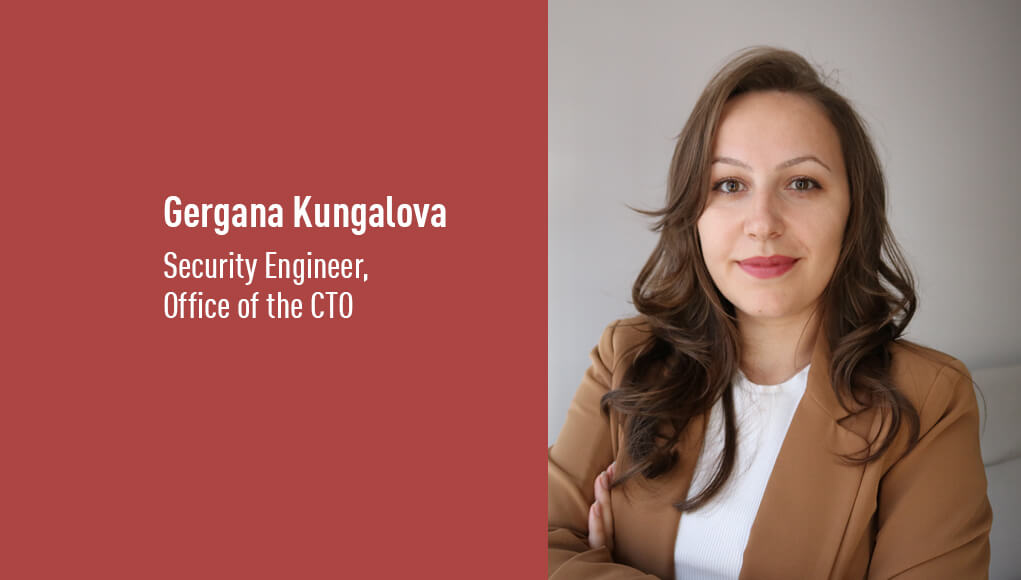The story of Bob Kramer’s career is a wild one, peppered with twists and turns, false starts, and happy accidents. Before gaining renown as one the finest bladesmiths at work today (a bladesmith is an expert at creating knives and other bladed objects), Kramer had enrolled in and dropped out of college, worked as a chef, performed in improvisational theater, and traveled the United States by train as a circus clown.
“The main takeaway for me was that this is an incredible adventure,” Kramer said in a special lecture at MIT on Jan. 26. He was talking about his stint under the big top, but Kramer might as well have meant his lifelong quest for excellence, of making things of exceptional quality and passing on his expertise to others.
One of just 120 master bladesmiths in the world, Kramer earned the American Bladesmith Society title after years of hand-forging knives from hot steel and then passing a rigorous test — swiping through an inch-thick rope, chopping a two-by-four, and shaving off his own arm hair.
Kramer was at MIT for all of January, invited by the Department of Materials Science and Engineering (DMSE) to teach bladesmithing classes during the institute’s Independent Activities Period. Students lucky enough to get a spot — more than 100 people signed up for 18 spots — learned to shape, heat treat, and grind blades in DMSE’s forge and foundry.
Special Lecture: “In Pursuit of the Perfect Blade” by Bob Kramer
Video: Department of Materials Science and Engineering
Pursuit, and perfection
Although he called his talk “In Pursuit of the Perfect Blade,” Kramer admitted that perfection is unachievable. “You might think that ‘perfect’ is the operative is this sentence, but for me it’s the pursuit,” Kramer said. “I got my master smith rating in 1997, and in many ways that’s like getting your black belt in a martial art. You are just beginning. You are just starting to understand what needs to be done.”
He began by displaying pictures of some of his Kramer Knives — blades with intricate patterns that “go all the way through the steel,” one with a gold inlay of a boy riding a fish, a “plug weld,” or metal insert, and another with steel made from the metals found in a meteorite.
Kramer traced his life journey back to his childhood in Michigan as the youngest of six; his older brothers and sisters “were looking outwards. They want to move on, they want to begin their lives. And I’m just trying to figure out like how to survive, how to get some chicken off the plate or get a little bit of attention.”
So he was “a little bit of a goofball.” In school, Kramer took to wood shop — measuring and cutting materials and making things — rather than reading and writing book reports. Later, in a high school divided into alternative-lifestyle hippies and letter-sweater-wearing jocks, he learned how to juggle, do card tricks, and ride a unicycle.
After a short time as a college student at Wayne State University, where he found out he had dyslexia, he was inspired by Robin Lee Graham’s memoir “Dove,” about the author’s voyage in a sloop as a teenager: “This was one of the easiest books for me to read because it was about adventure.”
At 19 Kramer left Detroit to travel across the country. “I was now fully responsible for myself,” he said. “And I began to try to figure out, ‘How do I fit in the world?’”
His travels took him to Houston, Texas, where he found a job waiting on the wealthy patrons of the Houston Country Club. Later, on a lark, he went to auditions for Ringling Bros. and Barnum and Bailey Circus clowns, got a contract, and went off with the circus for a year, performing all over the country.
“I saw another way to make it through the world. So my mind is opening up to all these other possibilities,” Kramer said.
He returned to the service industry, this time getting a job in a hotel kitchen in Seattle. Though the chefs he worked with were professionals with excellent credentials, none knew how to sharpen knives. So he decided he would learn. “I learned how to juggle. I’m going to learn how to sharpen a knife,” he said.
After some study, he acquired the right skills and the right tools and started a knife-sharpening business, driving a truck around Seattle, Washington, to fish markets, hotels, and restaurants, making blades razor sharp.
“Make a lot of mistakes”
After about five years, he got bored. “I’ve made enough money, but my mind is not stimulated anymore,” he said. Then one day in Blade, a magazine about custom knives, he saw an ad for a two-week bladesmithing class in Arkansas — an experience that forever changed his life.
After attending class, smashing coal into high-carbon coke to make steel and hand-forging a 10-inch blade with a 5-inch handle, he was enraptured.
“And when I got home from that, I thought, ‘I’m doing this.’ Somehow this is going to be incorporated in my life,” Kramer said.
Soon, he stopped driving his knife-sharpening truck and opened a knife shop in downtown Seattle, hand-making knives in an on-site forge. A review in Saveur magazine brought in swift business. After a move to the country, business slowed. Then Kramer got another review, this time in Cook’s Illustrated, on a $400 chef’s knife the publication bought from him.
“And they said, the best knife they had ever tested. The phone starts ringing again, and it happens all over again. Great problem to have,” Kramer said.
Kramer described how he makes steel for knives: It starts by stacking layer upon layer, then heating that up to 2,350 degrees Fahrenheit (1,288 Celsius) in the forge and hammering the layers together until they bond. It’s a process he has honed over years of trial and error.
“Make a lot of mistakes,” he advised the audience. “That’s how you get to know the stuff.”
Professor Yet-Ming Chiang, the Kyocera Professor of Ceramics at MIT and one of Kramer’s DMSE hosts, says what sets Kramer apart is his endless curiosity and passion for self-learning.
“Bob is not only a craftsman and an artist; he’s an innovator, in the best sense of that word,” Chiang says. “He doesn’t have any fancy university degrees, but he has illustrated throughout his life how to learn on your own.”





